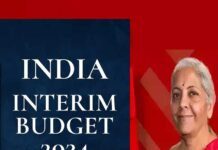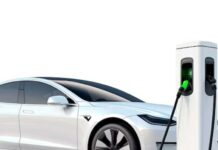
Union Finance Minister Nirmala Sitharaman is expected to announce Union Budget 2022 on February 1 this year. The industry has huge expectations from the Union Budget to embark upon a robust growth trajectory in the year ahead.
Herewith we reproduce the wish-list presented by key stakeholders of the automotive sector ahead of the D-Day on February 1, 2022.

Mr. Satyakam Arya, MD & CEO, Daimler India Commercial Vehicles.
The budget should consider that COVID is not over yet. The likelihood that Omicron may influence Q1 of FY2022 is a reminder to all of us that there could be waves in the future as well. The good part is that we have learned quite well to live with the pandemic, but it is still affecting business and livelihood in one way or the other.
This year, the aspiration is to see a strategy that can give a renewed thrust and a much-needed impetus to the manufacturing sector to help continue the spirited performance, some sections of the industry have shown in 2021. PLI and RODTEP are great steps in the right direction and the aim going forward should be to simplify the schemes and focus on the benefits spreading across the industry, in addition to the bigger players. High fuel prices are affecting livelihood, there is a substantial rise in commodity prices and the general cost of living has risen noticeably. This needs a strategic solution rather than a tactical one.
While IT and ITeS sectors are booming, infrastructure-related projects and the real estate sector seem to be on an upward trend since last year, and this uptick must be encouraged further. The Indian economy might be facing challenging times currently, but this would also be the right time for the Government to further unleash the potential of Global Capability Centers, MSMEs and Start Ups.
In the long term, this can shape India’s future as an “Innovation & Invention capital of the World”, which will also benefit the manufacturing industry from all aspects. India has the potential to achieve the highest rate of economic growth in the coming years, as the entire world comes out of Covid, and a budget that focuses on unleashing that potential, could be a game changer for all of us.”
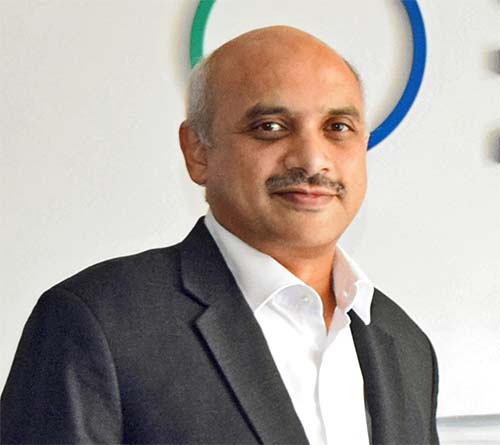
Mr. Anil Kumar, President and Managing Director, SEG Automotive India
After a lull in the last 3 years due to an economic slowdown and 2 consecutive years of the pandemic, Indian Automotive Market is looking for a quick revival and its expectations from Budget 2022-23 have risen further up to support growth across the industry. Amid rising fuel prices the Indian market also witnessed movement towards Electrified vehicles, especially in 2 & 3 wheeler space. Presently we still see a high level of imported parts/systems in the market.
We at SEG Automotive India are fully committed towards e-mobility by bringing in localized system solutions to the Indian market. We look forward for Government to provide further impetus by bringing EV favourable schemes to reduce imports and to promote & strengthen local manufacturing. Also, the recently announced PLI scheme to be more friendly to mid-sized component manufacturers to be in a position to avail the benefits of the scheme.
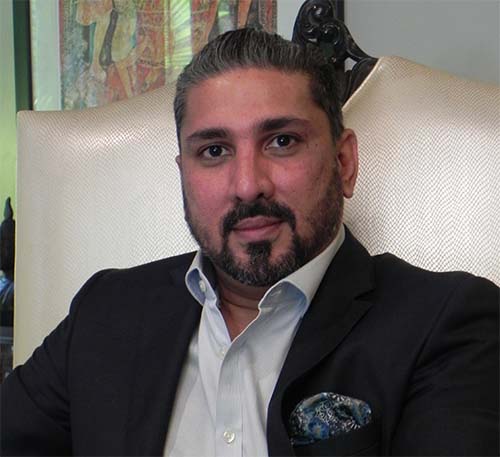
Mr. Yash Jinendra Munot, Vice President, AIFI (Association of Indian Forging Industry)
There are expectations of a good, progressive, and balanced budget from all MSME’s, including the forging industry, due to the rough patches the industry has seen with current chip shortages and the pandemic and keeping in mind that the industry has not fully recovered with the heavy investment done for BS-VI implementation. As the industry faces a large cash flow block with some value-added products at 28%, this budget should consider rationalisation of the GST rates, which should be uniform at 18%. Additionally, import duties on steel should be reduced to meet the current shortfall and competitive Indian steel prices. Furthermore, as part of the ‘Make in India’ initiative, Indian companies should be eligible for a benefit on the Duty structure.
The government has made continuous efforts to simplify and streamline Indian tax laws, and the industry anticipates consistency in tax and regulatory policies, as well as their interpretation, this year. To achieve Industry 4.0, funds should be allocated through FDI schemes and new investment allowances to encourage investment in technology. We also anticipate that the scrappage policy, which is currently being held up by the finance ministry, will be passed to boost demand in all segments of the auto sector while achieving pollution goals. Thus, incentives for scrapping old and purchase of new vehicles should be implemented quickly.

Mr. Ashwath Ram, Managing Director, Cummins India Limited
“India must continue its multi-year spend on infrastructure to sustain growth. We cannot slow down spend even if it is slightly inflationary in the short term. More support is needed for Manufacturing as we are still reeling under the effects of Covid-19 to sustain long term growth and capital buildup. Liquidity is important for manufacturers to get capital at cheaper rates to invest in equipment for growth. Exporters need to be encouraged by SEZs coming into Remission of Duties and Taxes on Exported Products (RoDTEP) and the rates of payouts from the schemes to match the actual double taxations costs. Manufacturing of electrolyzers for H2, H2 in ICE and Flex fuels engines production equipment should come under the PLI scheme. Further, exports focused projects in Manufacturing need some incentives for better scalability and business sustainability”.
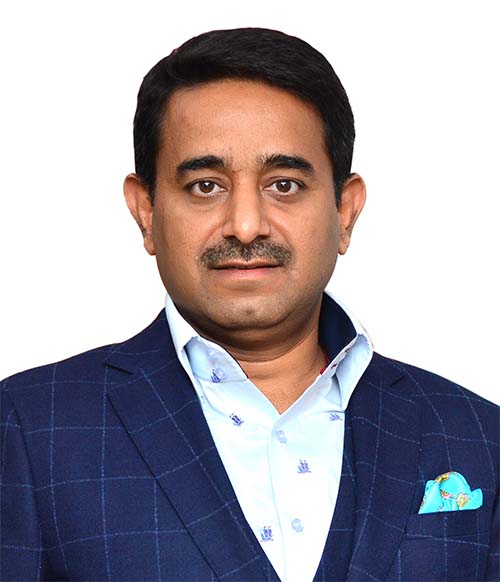
Mr. Jeetender Sharma, Managing Director & Founder, Okinawa Autotech
One of the biggest roadblocks to the adoption of EVs is the lack of consumer awareness and trust. The government must introduce and invest in awareness programs through a variety of channels.
The government should introduce standardised EV charging infrastructure across the country to ensure far better availability and wider acceptance, hence mass penetration of EVs.
Supply-incentives; a boost to OEMs and ODMs:
Although the objectives and targets appear to be a tall order, India’s Make-in-India programme provides the right direction for automakers a closer examination reveals that. In fact, in the post-COVID economic dynamics, it is a requirement. We, in my opinion, are lacking in our ability to effectively implement this initiative.
Promoting Atmanirbharta in India’s EV sector with the PLI scheme. This will reduce import dependency and diversify the product mix, as well as provide a level playing field for India’s OEMs to compete globally.
Other initiatives such as lowering GST rates on raw materials, allowing duty refunds for research and development, and capital expenditure on the development of futuristic EV technology should be considered.

Mr. Tarun Mehta, Co-founder & CEO, Ather Energy
“The demand for electric vehicles continues to surge ahead as consumers reap benefits offered by the FAME II subsidy and tax rebates. To keep up the consumer demand and to drive faster adoption of EVs, we are hopeful that the FAME II subsidy would continue well beyond 2023. The EV sector requires such early bird incentives to accelerate manufacturing and consumer adoption to ensure stability in the coming years as we see new players emerging offering reliable products and value compared to petrol vehicles.
In 2021, the government launched several initiatives including the PLI scheme to enhance the country’s manufacturing capability. However, while the startups form the majority of the EV ecosystem in India and have led the EV revolution from the front, a majority of them are ineligible for the PLI scheme. There is a need to be inclusive in this approach as startups would help open up more opportunities for the industry to help drive growth and innovation in the sector. Similarly, EV manufacturers have highlighted concerns around GST inverted structure and have requested reducing taxes on input costs.
Another key aspect to drive faster EV adoption is the charging infrastructure development to boost consumer confidence. There is a tremendous requirement to mandatorily ensure EV charging infrastructure to be set up in all existing and upcoming housing projects and commercial establishments. Also, incentivising setting up EV charging stations in existing residential areas, housing complexes and commercial establishments will go a long way in setting up the infrastructure.
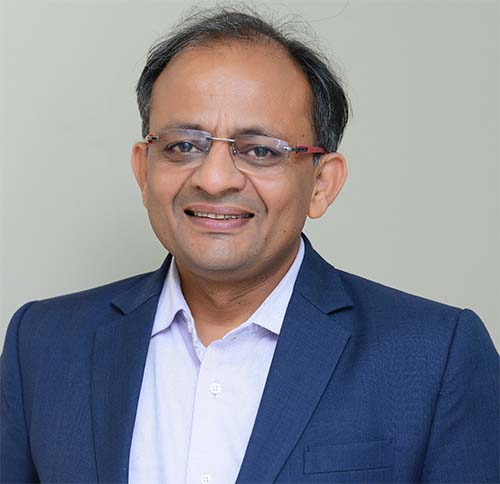
Mr. Anurag Garg, Managing Director & Country Head, Vitesco Technologies
“The Union Budget 2022 was the most anticipated budget for the Indian automotive and manufacturing sector. There was a strong push towards manufacturing and localization in this budget. Apart from the usual focus on fiscal deficit, this time the government has shown a great focus on health and infrastructure development this time. To take the overall automotive industry and retail trade back on the path of growth, the Ministry should regulate and reduce GST rates on two-wheelers to 18%. It is important to note that the two-wheeler is a necessity to travel distances by lower class and rural segments for their daily working needs. The market is very volatile, and the automobile prices are increasing every 3-4 months due to incessant price hikes in metals and various other issues, a reduction in GST rate will counter the price hike and aid in shooting up the demands in the market.
We are further awaiting more light on production-linked incentive (PLI) schemes extended for electric vehicles and advanced technology components, the vehicle scrappage policy, and announcements of PLI scheme for semiconductors are major positive steps
Additionally, the focus on renewable energy is welcome. The Hydrogen Energy Mission and focus on solar energy will help meet our energy requirements in the future adequately. Health outlay in the budget has increased by almost 100% considering the pandemic situation, this will help us to uplift the health infrastructure in both urban and rural segments of our country.

Mr. Farrokh Cooper, Chairman & Managing Director, Cooper Corporation said “The forthcoming Union Budget for 2022 should emphasise measures to help the Indian economy recover from the pandemic and to boost consumption-led demand. The auto industry expects relief from the Union Budget in multiple areas. To achieve sustainable growth, business communities should be encouraged to invest more in industry and businesses. I believe that the government should fix industry income rates for at least five years so that industrialists can make long-term financial planning and take appropriate decisions about investment in their industries.
Furthermore, the government is now encouraging businesses to establish large industries, and they should be treated equally with medium and small industries in terms of receiving timely payments from the government and private sectors so that they can pay small and medium enterprises. Furthermore, the government should priorities managing inflation and lowering the cost of raw materials and fuel. To boost exports, existing incentives must be increased. There is also a need to accelerate the GST refund procedure to provide liquidity to the industries. The industry is also eagerly awaiting news on the scrappage policy. Given the current market conditions, we anticipate significant initiatives to revive growth and boost investor confidence in the upcoming Union Budget”.
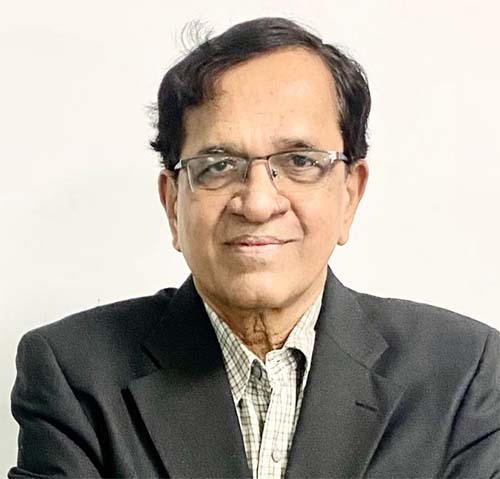
Mr Amarjit Sidhu, Executive Director, Detel
As the countdown for the union budget, 2022 has started, the EV industry expects it to be included in the priority sector lending list to boost e-mobility in India. We really appreciate multiple initiatives by the government to amend the faster adoption of electric vehicles. In the upcoming union budget, we expect the government to announce some specific sops, especially in the EV charging infrastructure segment. With the promotion of clean energy priority on the governments’ agenda, we would welcome it if the government could encourage various green technology policies and incentives to promote sustainability among EV automakers.
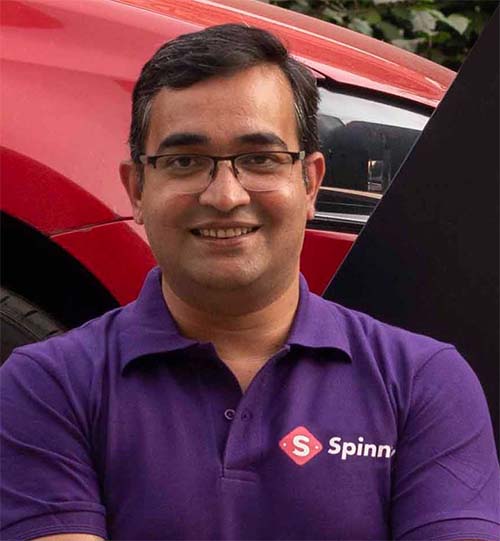
Mr. Niraj Singh, Founder & CEO, Spinny
The pandemic has radically changed consumers’ mobility preferences. With more and more people being reluctant to use public transport, personal mobility has naturally become the best and safest choice now. Owning a car of your own is not a lifestyle preference but more of a necessity for every household. Uncertain economic conditions make used cars a better value proposition and with online used car platforms making search, discovery and purchase of second-hand cars more seamless and trustworthy than ever with use of technology and focus on customer satisfaction.
To further support this, the Government should introduce more incentives to buyers and sellers to boost the penetration of this segment by incorporating tech advancements and modern solutions with contactless home deliveries, thereby ensuring safety and convenience to customers at every point possible. A uniform GST rate of 5% on the margin for all used vehicles could be a great move and make this segment organized. This will eventually ramp up the demand for second-hand cars by pulling in more customers. Likewise, the government should also look at empowering the EV sector by making electric vehicles more affordable to the common masses and strengthening the existing charging infrastructure to boost customer confidence. Owing to the rapid increase in vehicular pollution, pushing for a shift to EVs would be the step in the right direction. And for this, the government should evaluate less taxes on EVs and vehicles in general and consider expanding the possibility of tax deductions on EV loans as well as on other vehicles, too.
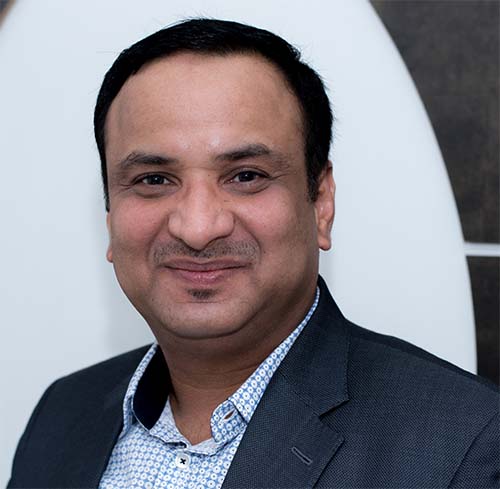
Mr. Rajesh Gupta, Founder and Director, Nupur Recyclers
With the budget session right around the corner, Mr. Rajesh Gupta, founder and director of Nupur Recyclers, pens down his 2 key expectations from this year’s union budget.
” 1. The voluntary scrappage policy was announced a year ago. This was done in order to phase out polluting and unfit vehicles. Additionally, from a business standpoint, these will benefit the automobile and recycling industries. As part of India’s metal recycling industry, we feel that the government must look at establishing a “Think Tank” comprised of government representatives and industry bodies to help ensure the successful implementation of this policy.
2. Secondly, the import duty on ferrous scrap imports was reduced to “zero” percent till March 31, 2022. In this year’s budget, we urge the government to continue with zero duty on “all types of scrap imports” for the next year or so, as this has proven to be highly beneficial for the metal recycling sector.”

Mr. Yogesh Bhatia, Managing Director & CEO, LML Electric
“We are certainly looking forward to the Union Budget for 2022 for what the government is going to unveil. The Indian automobile sector is exponentially growing at an average rate of 24%, thanks to the incentives and subsidies to the electric segment. This constant support from the government will result in the entire transformation of the auto sector towards EVs in no time. It is evident that the Make in India program is exactly what the industry required especially in this post-pandemic era. And we really appreciate the recently introduced PLI scheme, which is consequently set to increase domestic manufacturing of vehicle products. We at LML electric, are most willing to take the advantage of these reforms with manufacturing the globally engineered products in India.”
He further stated, “In this upcoming budget also, we foresee the government to support battery cell manufacturing which can further reduce the import dependency. Moreover, due to the pandemic and other geopolitical conflicts, the world is already going through turbulent times especially when it comes to global manufacturing of components such as the shortage of semiconductor chips and other related parts. Thus, we believe, the need of the hour for our country is to gear up and build ahead of a significant infrastructure in order to reduce further dependency for essential components on other countries.”

Mr. Rajiv.K Vij, Founder of Plug Mobility
“We expect the budget to be Growth oriented and to give relief to the Commercial Car industry and other sectors which have been badly impacted due to the pandemic and lockdowns.
The Fleet owners/commercial car industry has suffered hugely during the pandemic and while it makes sense to induct Electric cars, the fleet owners are financially stressed and the financial sector is maintaining a negative view about the sector to fund Electric cars for the commercial fleet segment.
Government must declare EV’s for the commercial car industry as a priority sector, implement First Loss Guarantee Scheme for the sector and ensure that the public sector banks and financial institutions offer easy finance with minimal margin money requirement at low interest rates for EV fleets.” Mr. Rajiv.K Vij, Founder of Plug Mobility.
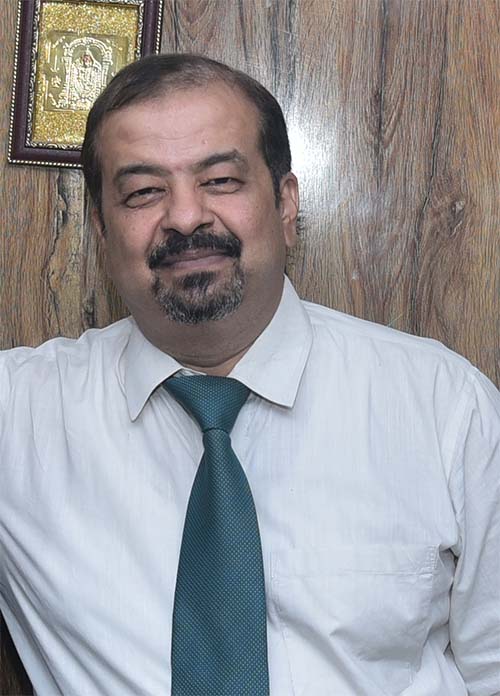
Mr. Vikas Gupta, Founder & CEO, e-Ashwa Automotive
EV Segment has been struggling on 2 Fronts:
Inverted Tax Structure: Input tax is at much higher rate (typically 28%) and output tax is at much lower rate(5%), a huge amount is stuck in the claim of GST Refund which is nearly 20% of your 3 Months revenue so in nut shell nearly 60% of your monthly revenue is stuck in the form of GST refund and hence this industry keeps struggling for the cash flow shortage.
e-Ashwa expects that since Govt has created e-Amrit portal specifically for EV entities so any entity registered on e-Amrit would get subsidised input duty purchases on the items which has higher duty rates for a non e-Amrit registered entity
No incentive on Manufacture in India: FAME 2 incentive is available but not on manufacturer and on selling that too manufacturer has to claim it only once the vehicle is sold to the end user. In between there are three layers, C&F, Distributor and Dealers. Again the money get stuck for 2-3 months and hence the cash flow challenge prevails here as well
The reason why Govt wanted the benefits to be claimed post it is sold to end customer is probably due to the fear that manufacturer may not pass this benefit in pricing and use this subsidy as margin but even today there is no check on the original price of the vehicle before subsidy and hence true benefit is not getting passed on. If Govt can put a cap on the original price and give the benefit to manufacturer, it may help both manufacturer as well as end customer

Mr. Sumit Garg, MD and Co-Founder of Luxury Ride.
“Given the covid-19 situation, the auto industry has made a paradigm shift towards online buying and selling of automobiles which was previously dominated by the offline market. The buying and selling of vehicles through online platforms have increased tremendously irrespective of the type of vehicle, be it normal or luxury vehicle. Ahead of the budget session, I am hoping that the forthcoming Union Budget 2022 continues to promote the digitization of automobile sector laws, which will lead to increased vehicle sales, and also promote faster transfer of ownership. Paving the way forward, I am hoping that our government will support cheaper taxes by giving some relaxation on the GST rate on used cars. The reduction in GST will give the desired push to the industry and will ramp up the transition from an unorganised to an organised sector, which will bring more business under the GST umbrella and put an end to tax evasion. Also expecting some good announcements in favor of chip shortage, electric vehicles which will bring lucrative advantage to the Auto Industry.”


